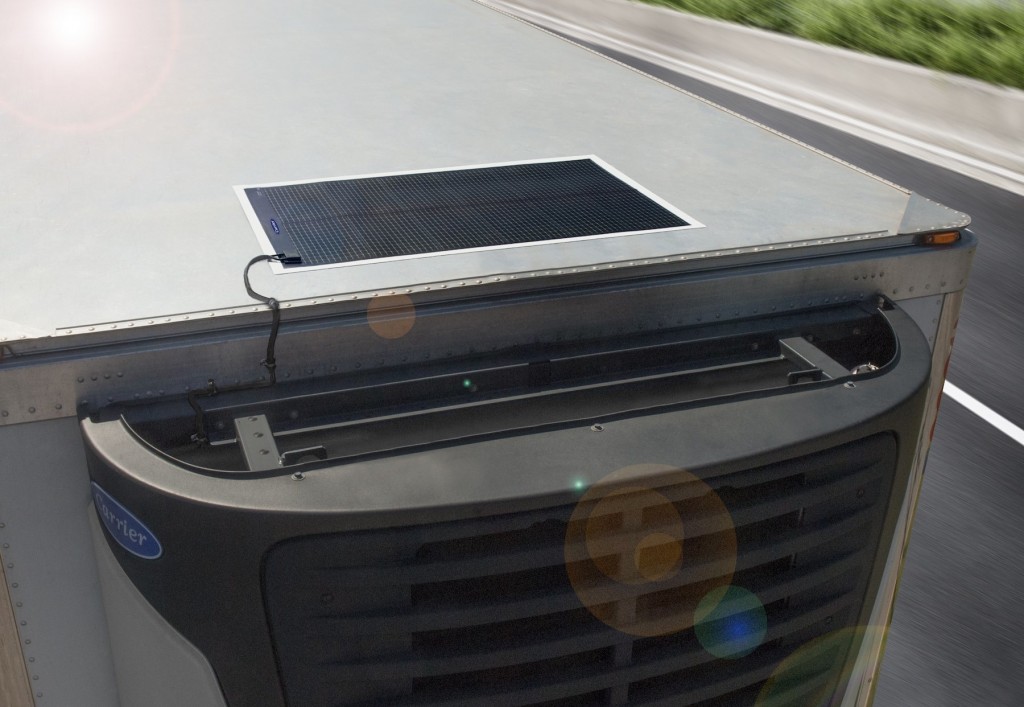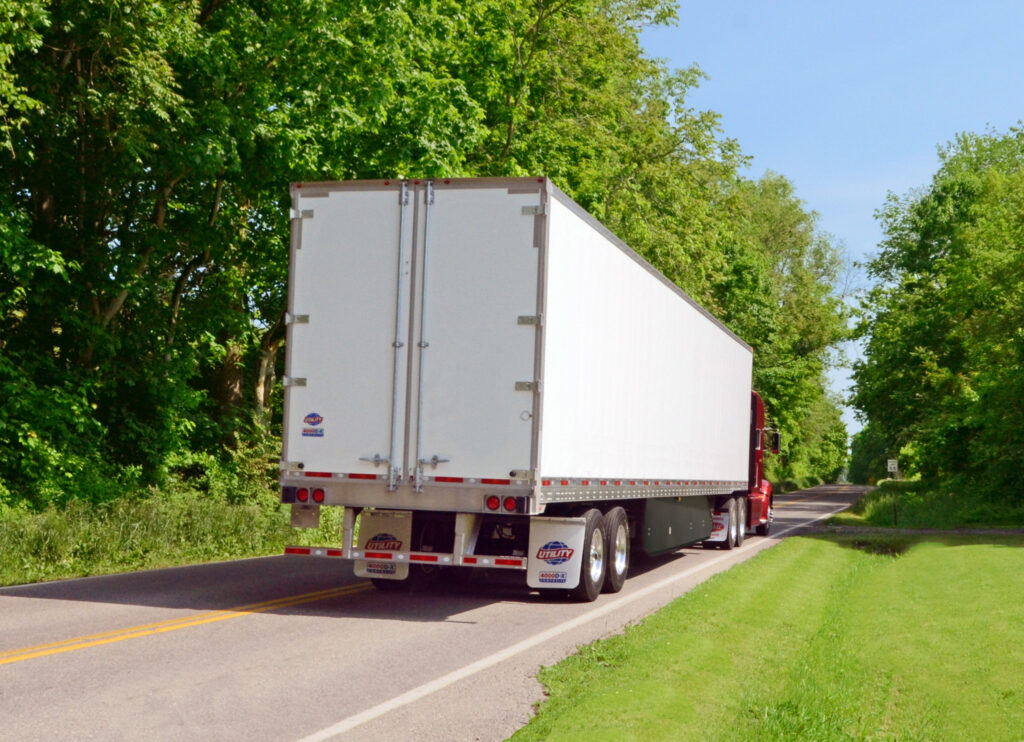TMC report examines adoption of smart trailer technologies
New technologies have transformed truck efficiency over the past decades, and now it’s the trailer’s turn to catch up.
“Trailers are poised to advance in the next 20 years the way tractors have advanced in the last 30 years,” said Technology & Maintenance Council executive director, Robert Braswell. “Understanding the market needs and the available technologies will help the industry advance so fleets can achieve goals for safety, maintainability and readiness.”
TMC has issued an 88-page report on the use and adoption of intelligent trailer products, and on June 30 hosted a webinar to discuss key findings. The study was done by eSmartt, which surveyed 12 of the top 15 trailer rental and leasing firms in North America, which control about 10% of all trailers.
“They let us look under the hood of their operations,” said Charlie Willmott, CEO of WillGo Transportation Consulting, an eSmartt partner.
Intelligent trailer products represent an enormous market. Willmott said there are between 4 and 6 million trailers in North America, about 2.5 for every tractor. With growing e-commerce sales, trailer utilization is “astronomically high,” he added, with new trailer orders pushing backlogs out through mid-2022.
Smart trailer technologies have the potential to reduce downtime and maintenance costs, improve safety, and optimize asset utilization, Willmott said. End users will get a better ROI on their trailer investments and may be able to reduce their trailer-to-truck ratio.
“No longer will the trailer be regarded as a dumb, throwaway item,” he added. “They will be full partners in moving those packages to their final destination.”
Paul Menig, CEO, Business Accelerants, the other half of eSmartt, shared four key takeaways from the study.

Solar is popular
Solar panels are increasingly being used to recharge batteries and power trailer telematics, Menig said. They are also used to keep liftgate batteries charged and transport refrigeration units (TRUs) ready.
The debate is where to best locate the solar panels. Most opt for somewhere up high on the front of the trailer, Menig noted. Willmott noted solar panels are the most widely adopted smart trailer technology, after GPS tracking.
“Battery-powered smart products are critical for collecting and distributing key trailer systems,” he said.
Standardization is important
End users and trailer rental/leasing firms alike want to see standardization of equipment and data. Leasing companies prefer to limit the telematics systems within their fleets to one or two preferred suppliers, but will make exceptions for customers if the order size or rental period length justifies it, said Menig.
“They see standardization as a direct benefit,” he added.
End users also want standardization, and data analysis assistance from the leasing or rental firm. “In some cases, they are asking rental/leasing fleets to step up and provide that expertise,” Menig said of data analysis.

Rental/leasing companies driving adoption
Menig noted while spec’ing options are decreasing for tractors, with fewer engine and transmissions on offer in favor of vertical integration, the opposite is true for trailers.
“What we are seeing today is that options for trailers are increasing,” said Menig. Aside from GPS, fleets generally aren’t pulling forward those emerging technologies, but leasing/rental firms are seeing the benefits within their own operations.
“Those rental/leasing companies that are investing in new smart technologies beyond GPS are doing so primarily of their own initiative, looking for those potential efficiencies that will enhance customer value in the future,” Menig said.
Those early adopters are seeking ease of installation and flexible product offerings.
Upgrading electronics
Those using intelligent trailer products want to see more simplicity when it comes to upgrades. While tractors can receive software updates over the air, Menig pointed out it’s not so simple with trailers.
“There are a lot more trailers than there are tractors. Trailers roam free and aren’t always connected to a tractor. They may be sitting in the wrong place. It makes it harder to do an over-the-air software update,” he said.
Remote updates are important for rental and leasing firms, as they don’t often see their equipment once it has been deployed with a customer. “For them to update it becomes very difficult,” he added.
There was a total of 12 insights in the full 88-page report. It can be ordered from TMC here.
Have your say
This is a moderated forum. Comments will no longer be published unless they are accompanied by a first and last name and a verifiable email address. (Today's Trucking will not publish or share the email address.) Profane language and content deemed to be libelous, racist, or threatening in nature will not be published under any circumstances.